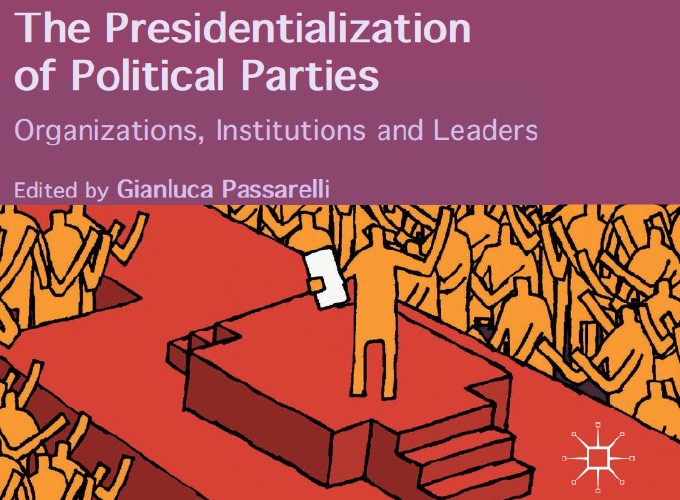
Poland: Presidentialization and Post-Modernity in a Young Democracy

Poland: Presidentialization and Post-Modernity in a Young Democracy
Abstract
Our analysis shows that Polish parties do vary quite substantially in their level of presidentialization. We also find that the genetic approach appears to be a good explanation for much of that variation. Poland was a difficult test for the genetic approach, which was, yet again, developed for older democracies, and, indeed, before the fall of communism. This is an impressive achievement for any theory, especially a relatively inductive one. Comparatively, Poland’s parties should be relatively presidentialized, even if there is some, but less, potential for institutionalization to confuse the issue again. The post-modernization and genetic approaches both predict high presidentialization in Poland, for essentially the same reason. Polish parties were born in the postmodern era. They began to compete in a country that had skipped the era of mass democratic politics. Therefore, they had much less opportunity and incentive to develop modern mass-membership parties. It was easier and more effective to establish postmodern, personalized parties.
Cristina Bucur and Iain McMenamin (2015) ‘Poland: Presidentialization and Post-Modernity in a Young Democracy’. In Gianluca Passarelli (ed.), Parties and presidentialization of politics: Organization, separation of power, and leaders, London: Palgrave Macmillan.
